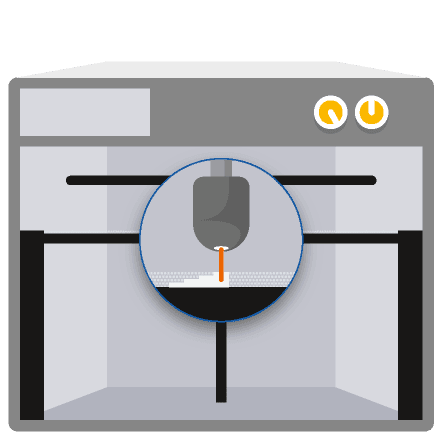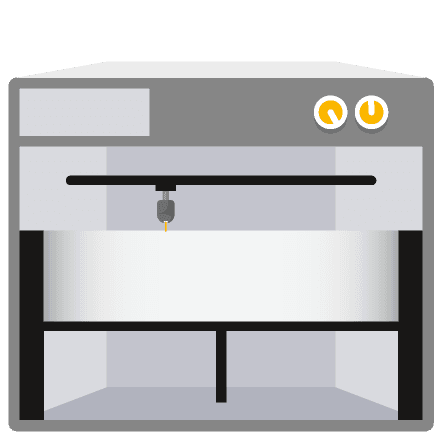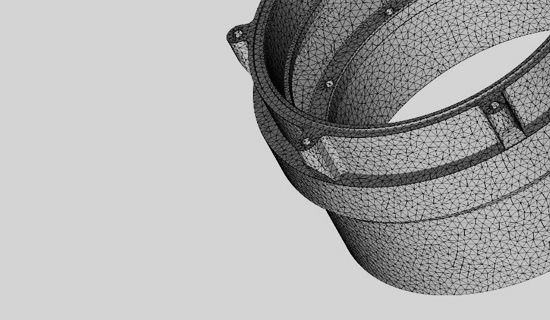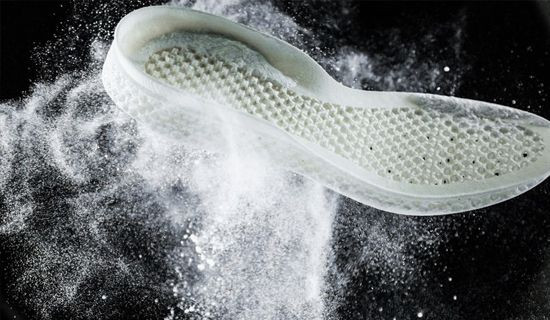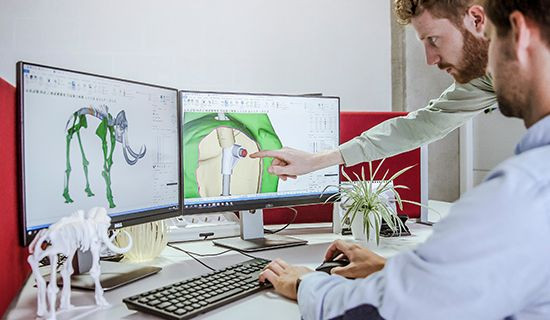Being a solid material, polyamide powder has the attractive feature of being self-supporting for the generated product sections. This makes support structure redundant. Polyamide allows the production of fully functional prototypes or end-use parts with high mechanical and thermal resistance. Polyamide parts have excellent long-term stability and are resistant against most chemicals. They can be made watertight by impregnation. The PA material used by Materialise is certified as biocompatible and food-safe under certain conditions.
Technical Specifications
| Standard lead time | Minimum of 4 working days, depending on part size, number of components and finishing degrees (offline orders) 5 working days (online orders) 2 working days (Fast lane orders) |
| Standard accuracy | ±0.3% (with lower limit on ±0.3 mm) |
| Layer thickness | 0.12 mm |
| Minimum wall thickness | 1 mm, but living hinges are possible at 0.3 mm |
| Minimum detail | 0.3 mm |
| Minimum clearance | 0.6 mm between parts that need to be assembled 0.5 – 0.6 mm between shells of an interlocking part |
| Maximum part dimensions | 630 x 330 x 550 mm (online & offline orders) 200 x 100 x 100 mm (Fast lane orders) |
| Interlocking or enclosed parts? | Yes |
| Surface structure | Unfinished parts typically have a grainy surface but all kinds of fine finishes are possible. PA 12 parts can be sandblasted, colored/impregnated, painted, covered and coated. |
Datasheet
| MEASUREMENT | VALUE | STANDARD |
|---|---|---|
| Density | 0.95 ±0.03 g/cm³ | |
| Tensile Strength | 48 ±3 MPa | DIN EN ISO527 |
| Tensile Modulus | 1650 MPa | DIN EN ISO527 |
| Flexural Strength | 41 MPa | D790 |
| Elongation at Break | 20 ±5% | DIN EN ISO527 |
| Flexural Modulus | 1500 N/mm² | DIN EN ISO178 |
| Charpy – Impact strength | 53 ±3.8 kJ/m² | DIN EN ISO179 |
| Charpy – Notched Impact Strength | 4.8 ±0.3 kJ/m² | DIN EN ISO179 |
| Izod - Notched Impact Strength | 4.4 ±0.4 kJ/m² | DIN EN ISO180 |
| Ball Indentation Hardness | 77.6 ±2 | DIN EN ISO2039 |
| Shore D/A-hardness | D75 ±2 | DIN 53505 |
| Heat Deflection Temperature | 86°C | ASTM D648 @ 1.82MPa |
Actual values may vary with build condition
How Does Laser Sintering Work?
Laser Sintering is a laser-based technology that uses solid powder materials, typically plastics. A computer-controlled laser beam selectively binds together particles in the powder bed, by raising the powder temperature above the glass transition point after which adjacent particles flow together. As the powder is self-supporting, no support structures are necessary.


